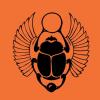1.) Lightly wooded hiking trail in South Portland, Maine
2.) Today (5/16/18) around 11:00 AM
3.) Found running down trail in a meadow/field adjoining two more densely wooded areas
4.) 5-6 mm
5.) Orangish red with dark red, shiny gaster. Heavily sculpted head/thorax.
6.) Two petiole nodes; no propodeal spines.
7.) Looks semi-claustral
8.) Found another small colony of same ant with multiple queens underneath a rock in a different part of the trail, so assuming polygyne.
9.) Not sure if it was a flight, or if this queen was a rejected from a resident colony.
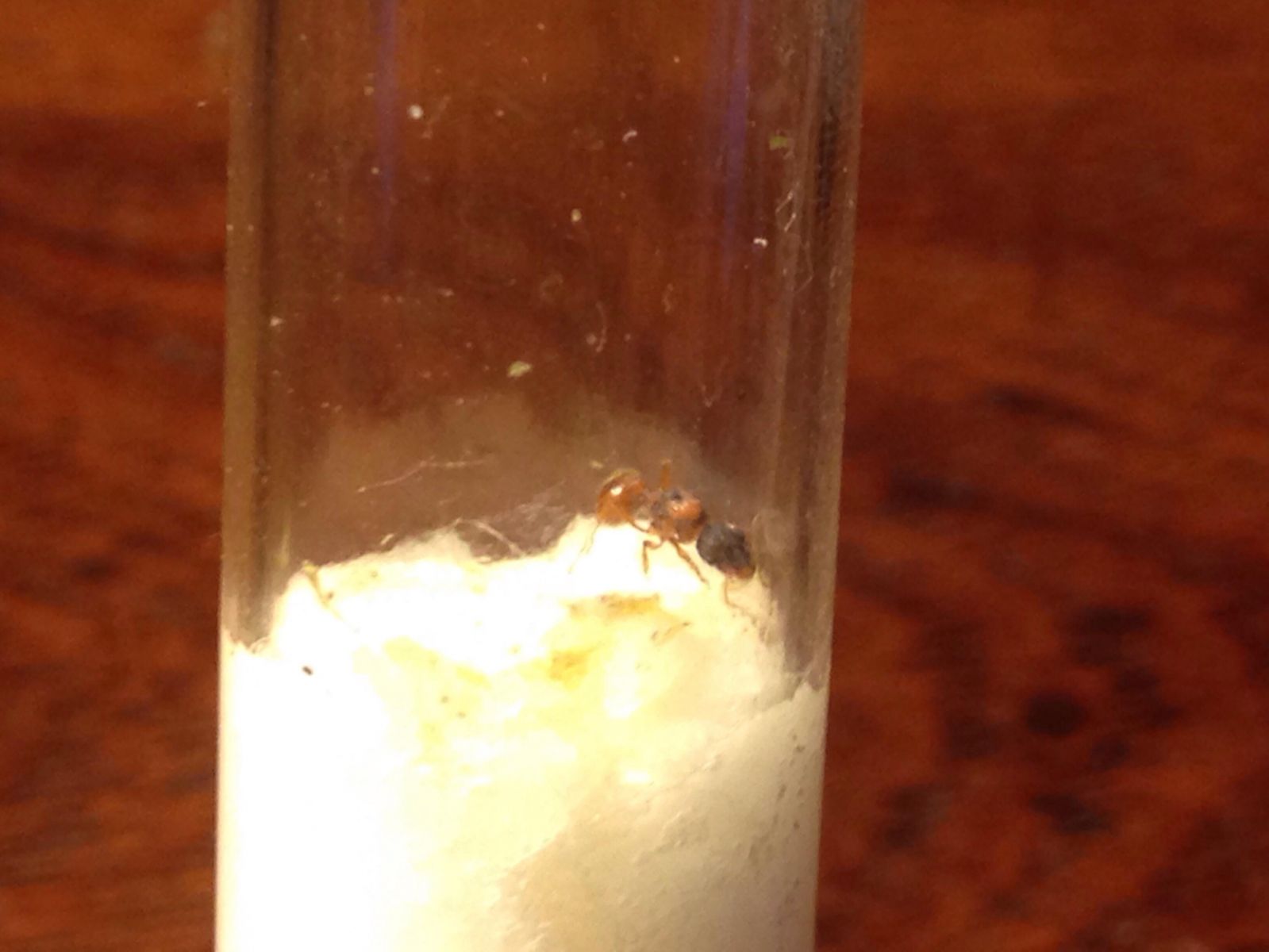
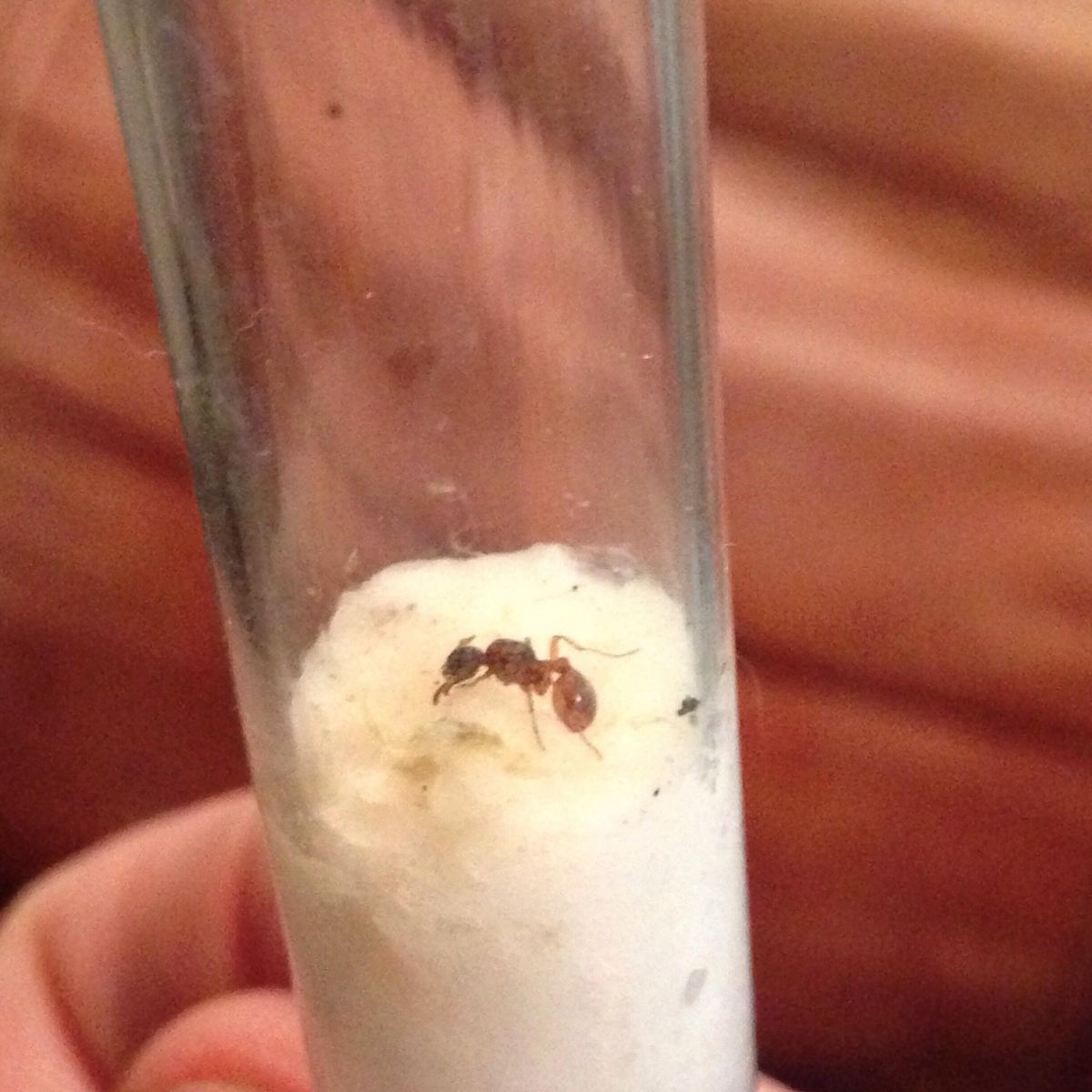
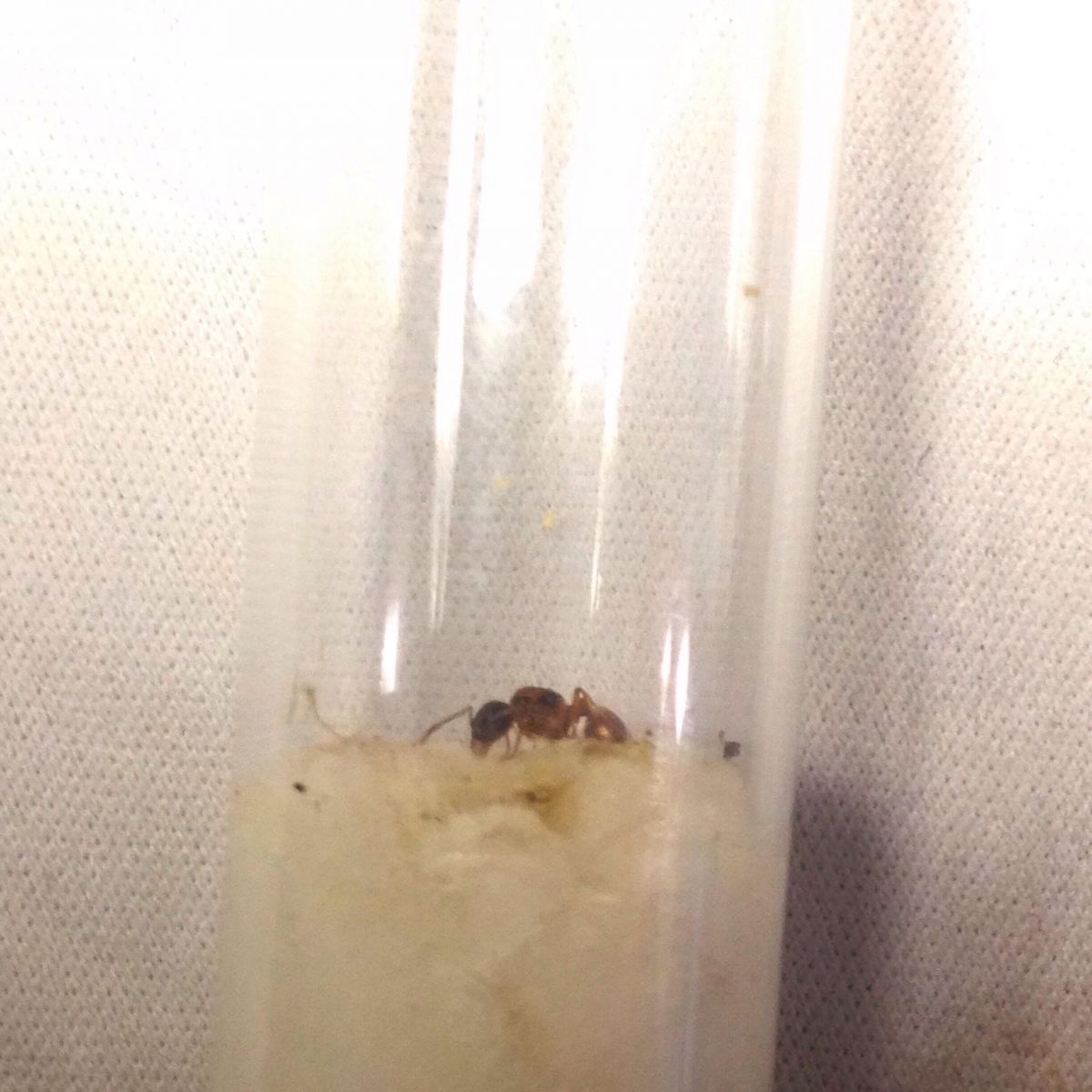
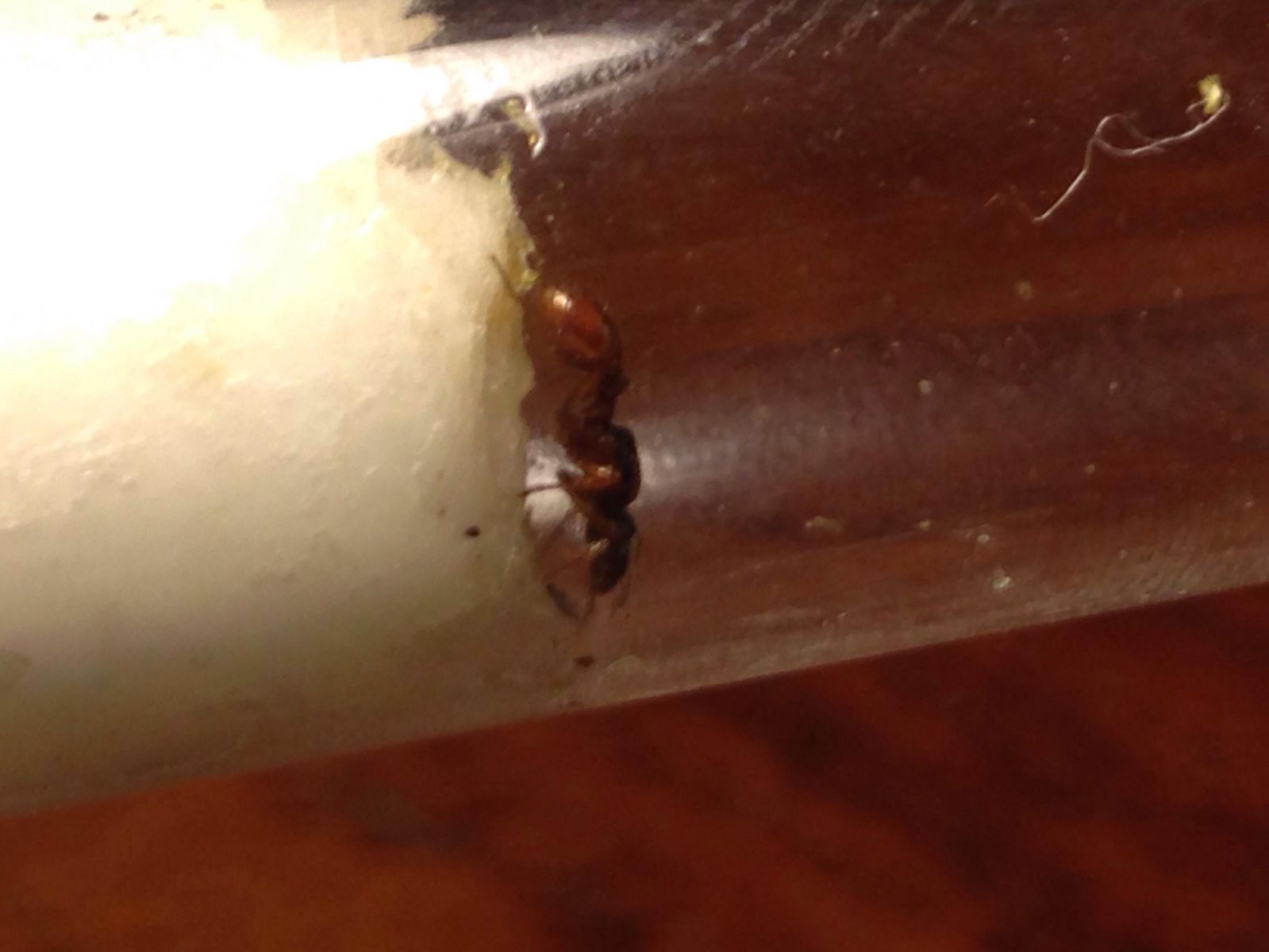
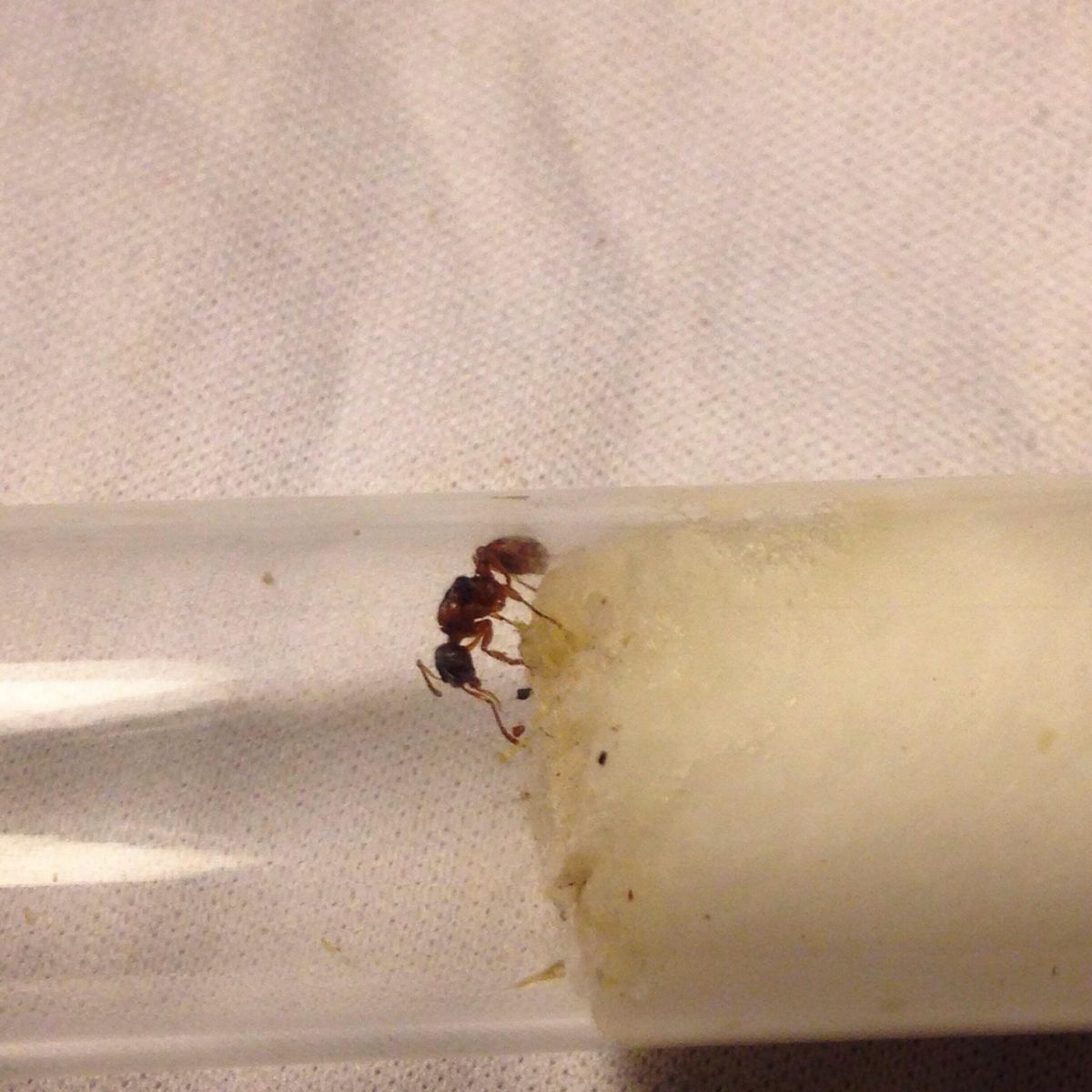
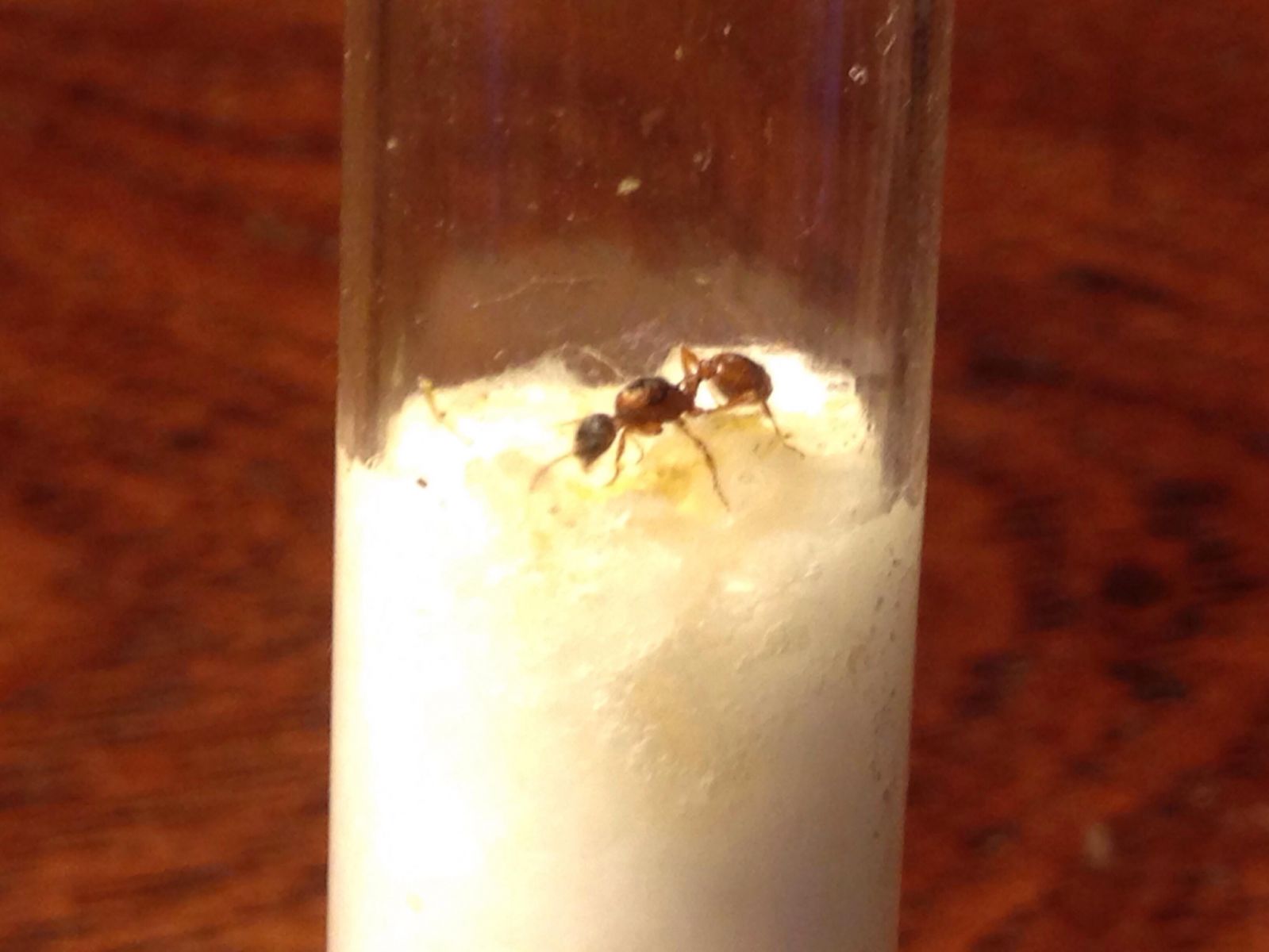
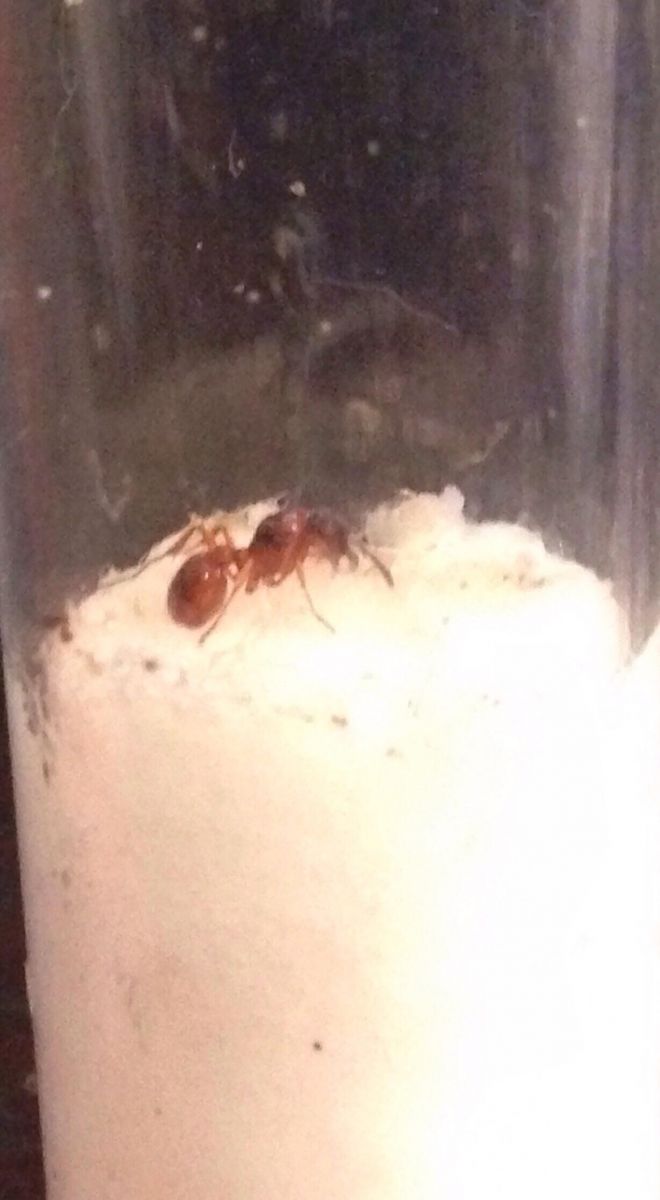
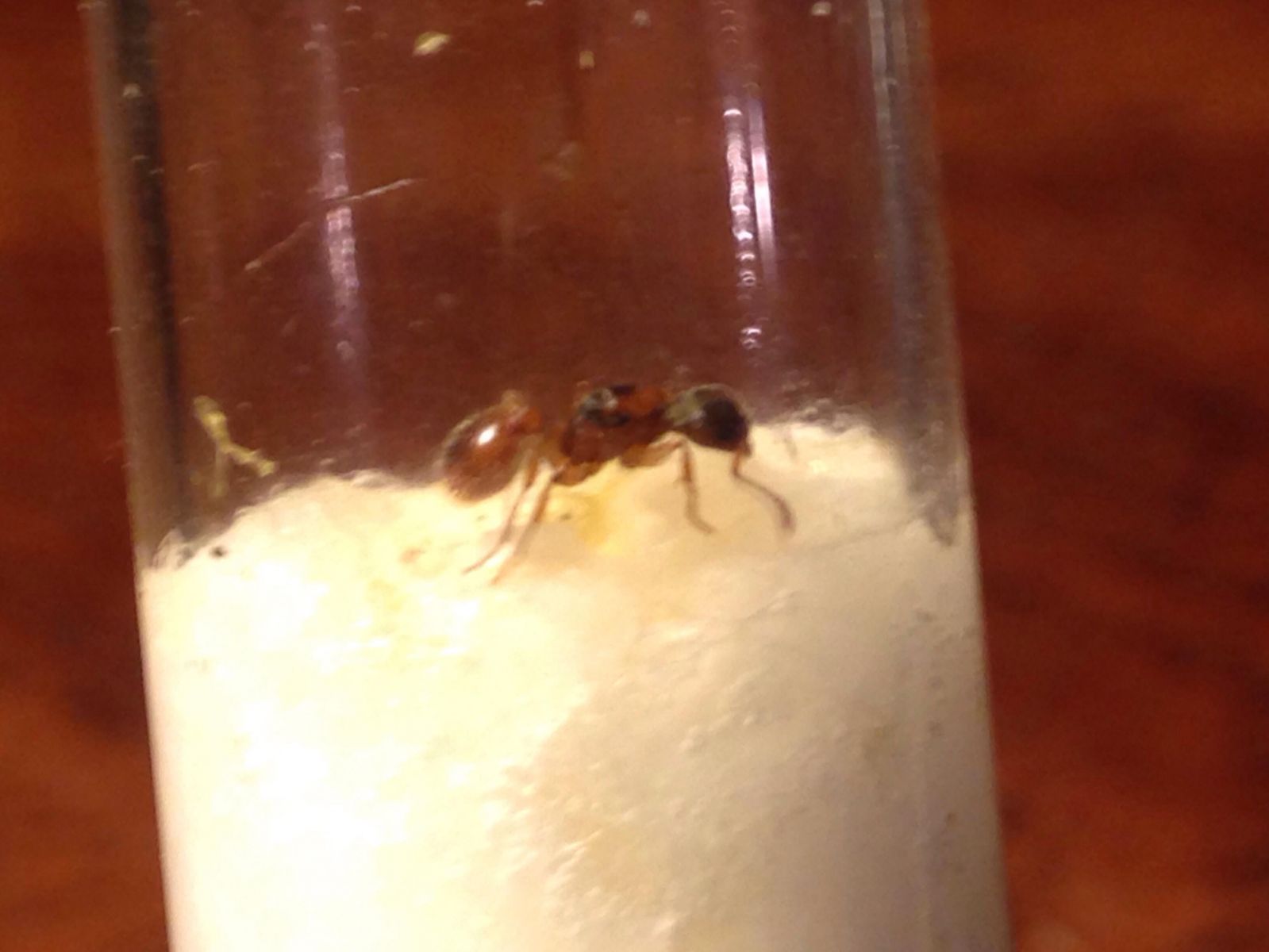
Edited by rdurham02, May 16 2018 - 9:45 AM.



